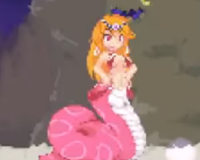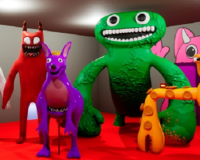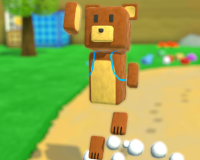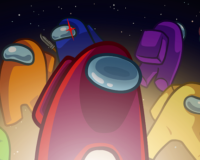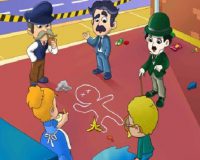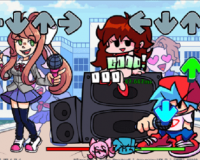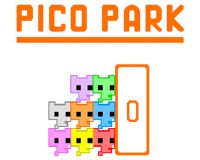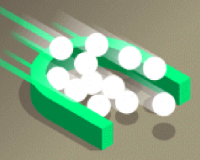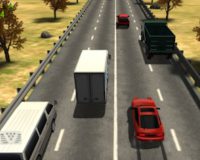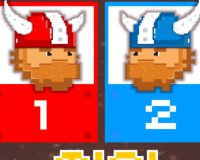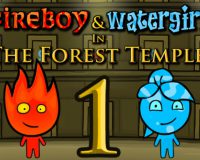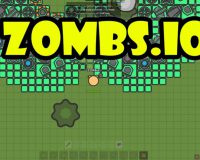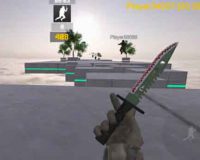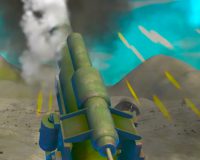
Advertisement
RV There Yet
RV There Yet introduces a cooperative format where a small team operates one vehicle under difficult physical conditions. The group controls an RV that must travel through a valley filled with mud, slopes, and debris. Each member is responsible for a part of the vehicle’s operation, and progress depends on how well these actions align. The primary objective is to reach the exit road without damaging the vehicle or exhausting supplies. Every run tests coordination, balance, and understanding of the game’s mechanical systems.
Game Systems and Control
The RV acts as a shared machine with several inputs managed by different players. Steering, acceleration, and braking interact with a physics model that reacts to traction, angle, and gravity. A core tool for survival is the winch mechanism, used to pull or stabilize the vehicle. Winches can attach to rocks, trees, or artificial anchors, but each connection requires precision—too much force risks breaking components, while too little tension leaves the RV immobile. These systems create a constant need for real-time coordination.
Gameplay Flow
The typical structure of RV There Yet can be summarized in five repeating phases:
- Form the team and assign each player a role.
- Enter the valley and begin navigating its terrain.
- Use the winch system to overcome natural and structural barriers.
- Manage the vehicle’s resources and perform necessary repairs.
- Reach the main highway to complete the session.
This pattern links physical navigation with management decisions, making every completed route both a mechanical and strategic achievement.
Team Dynamics and Environment
The design forces players to interact directly with the world rather than rely on automated systems. Every slope, obstacle, or collision changes the conditions of travel. The valley is not an enemy but a dynamic surface that reacts to player behavior. Communication becomes the central skill—when to move, when to anchor, when to release tension. The group must read the environment as a single unit, turning trial and error into gradual progress. Repetition builds rhythm, allowing smoother runs with experience.
Design Structure and Purpose
Created by Nuggets Entertainment, RV There Yet focuses on shared control and emergent problem-solving. It uses physical simulation as the foundation for cooperative gameplay, removing traditional markers like levels or scores. Instead, the challenge comes from maintaining stability and consistency across changing terrain. The game’s purpose is to highlight the mechanics of teamwork itself—how coordination, timing, and patience can turn a simple vehicle into a complex system that demands focus and precision from every participant.






